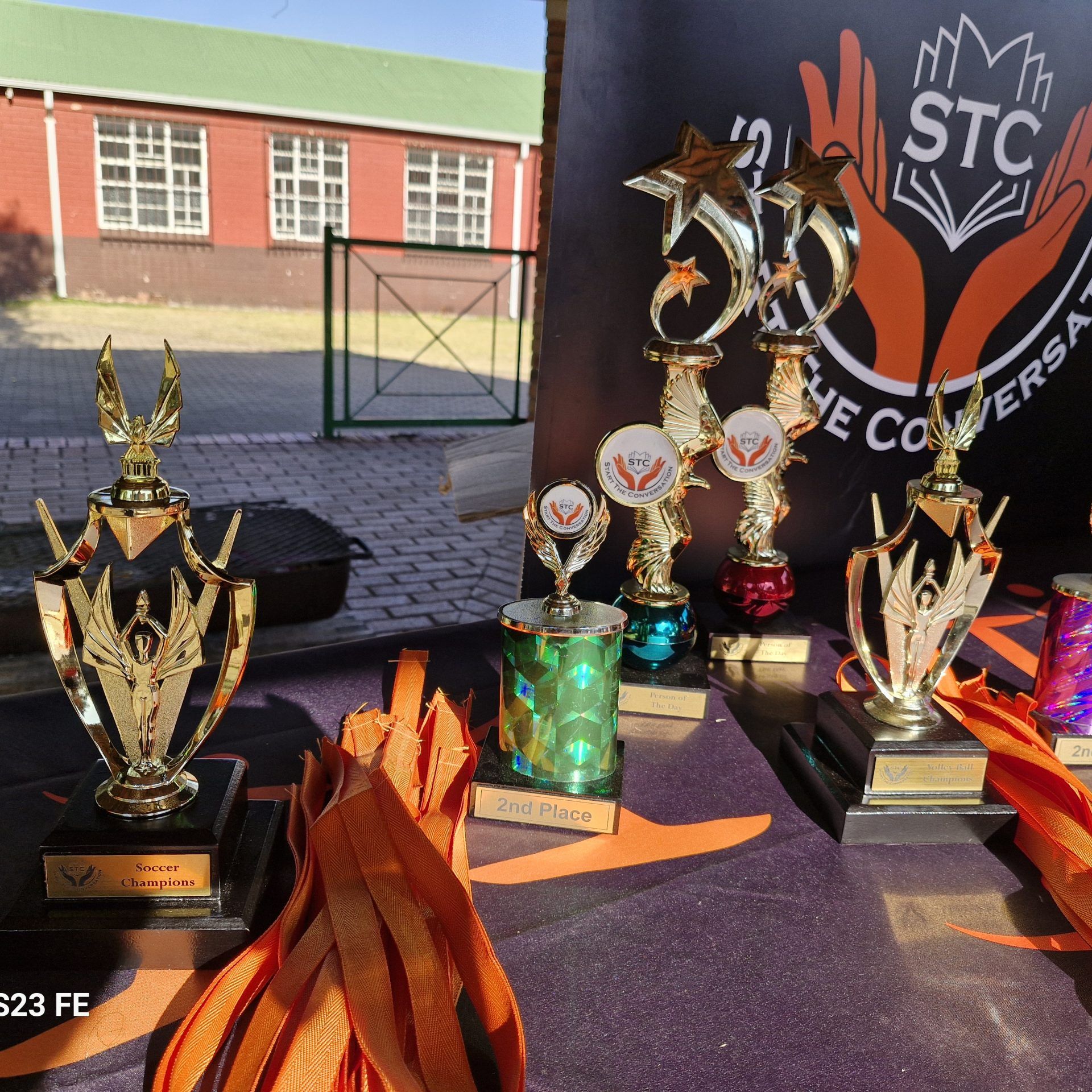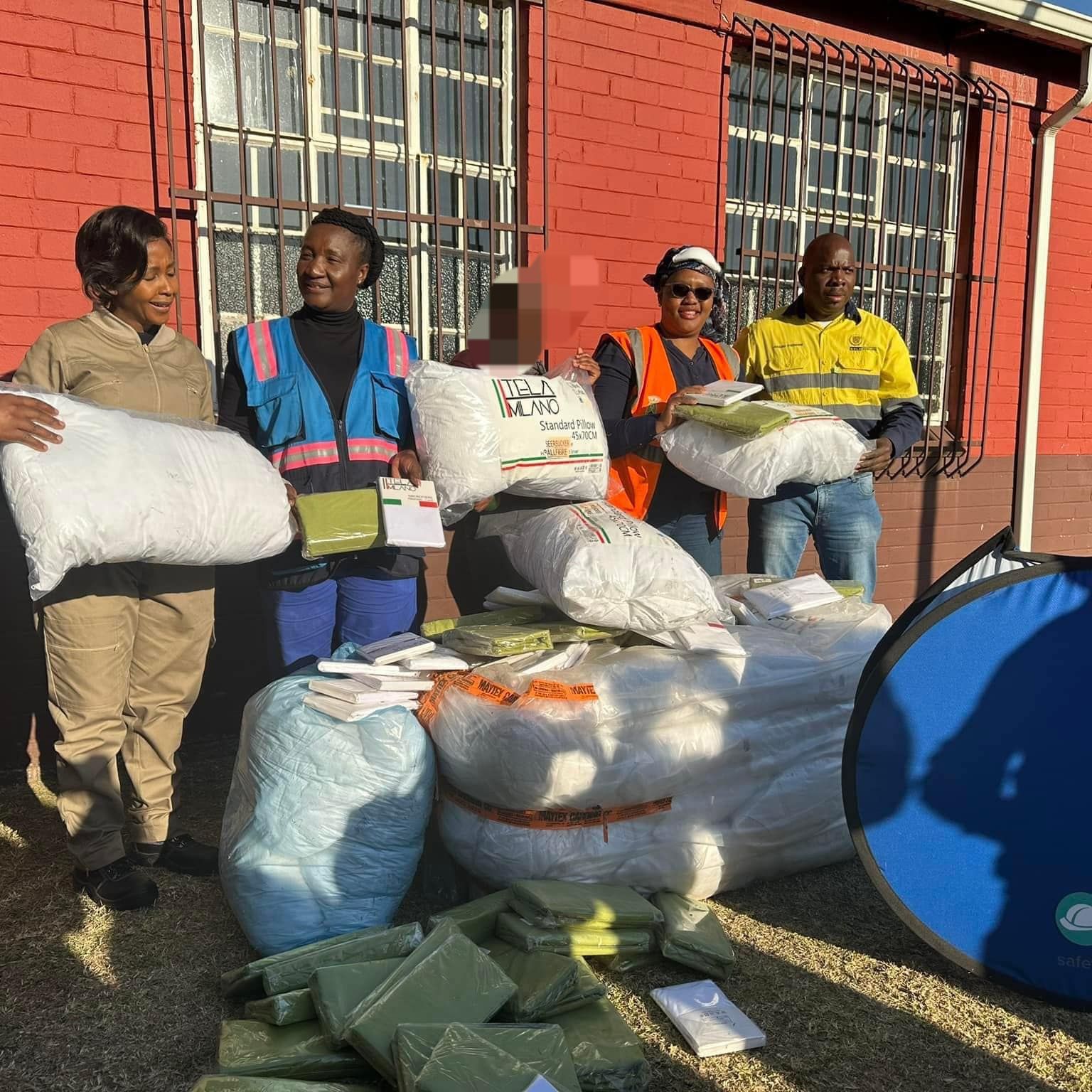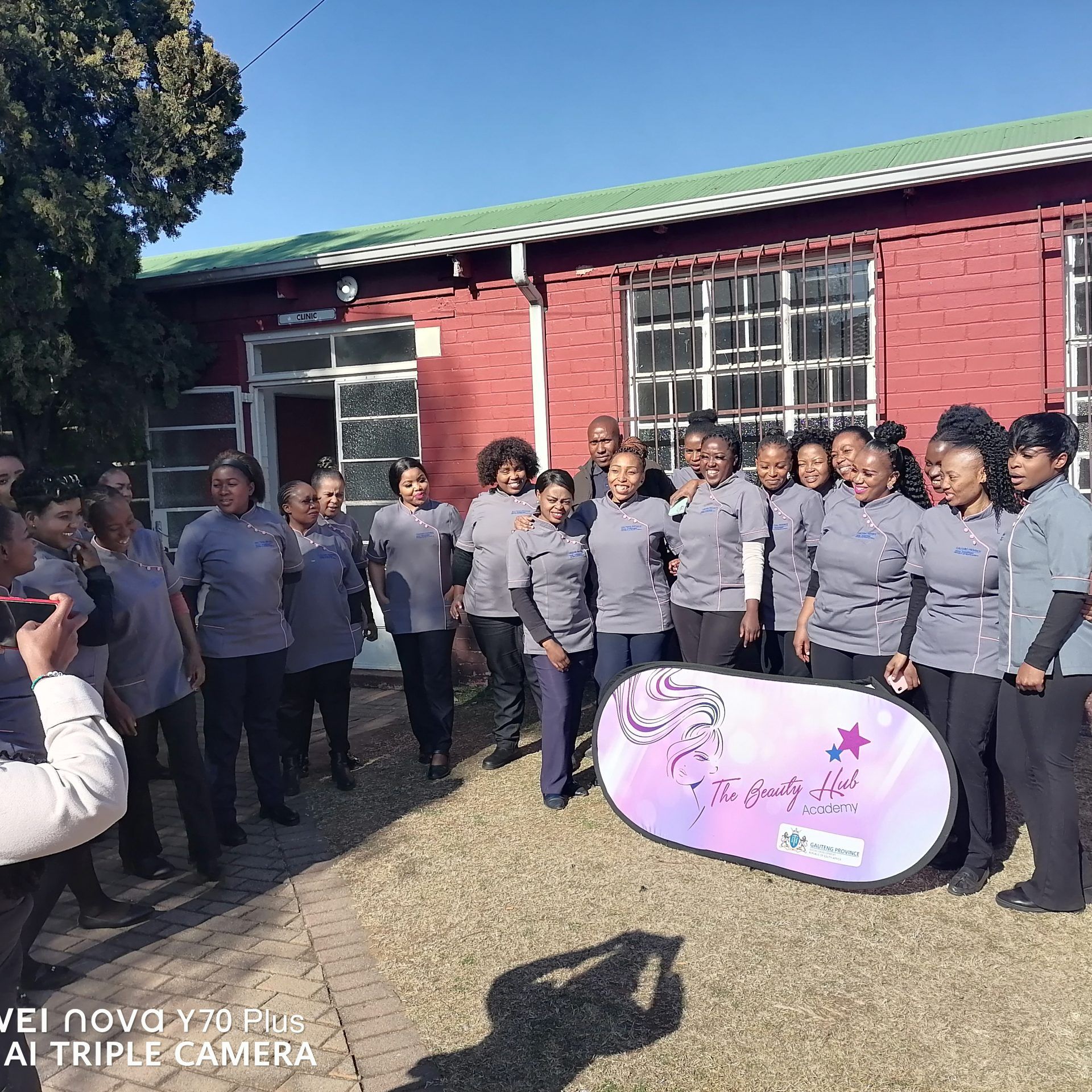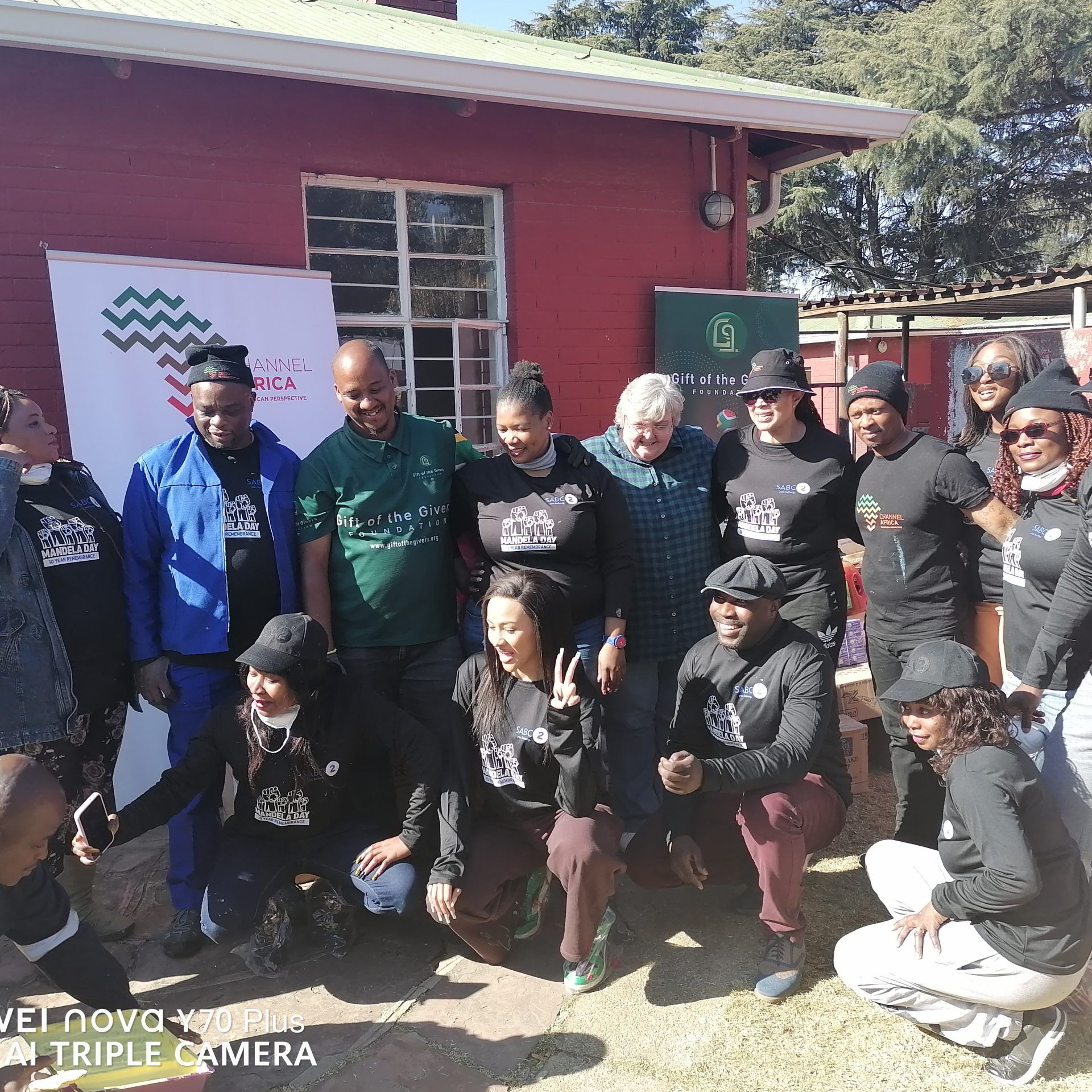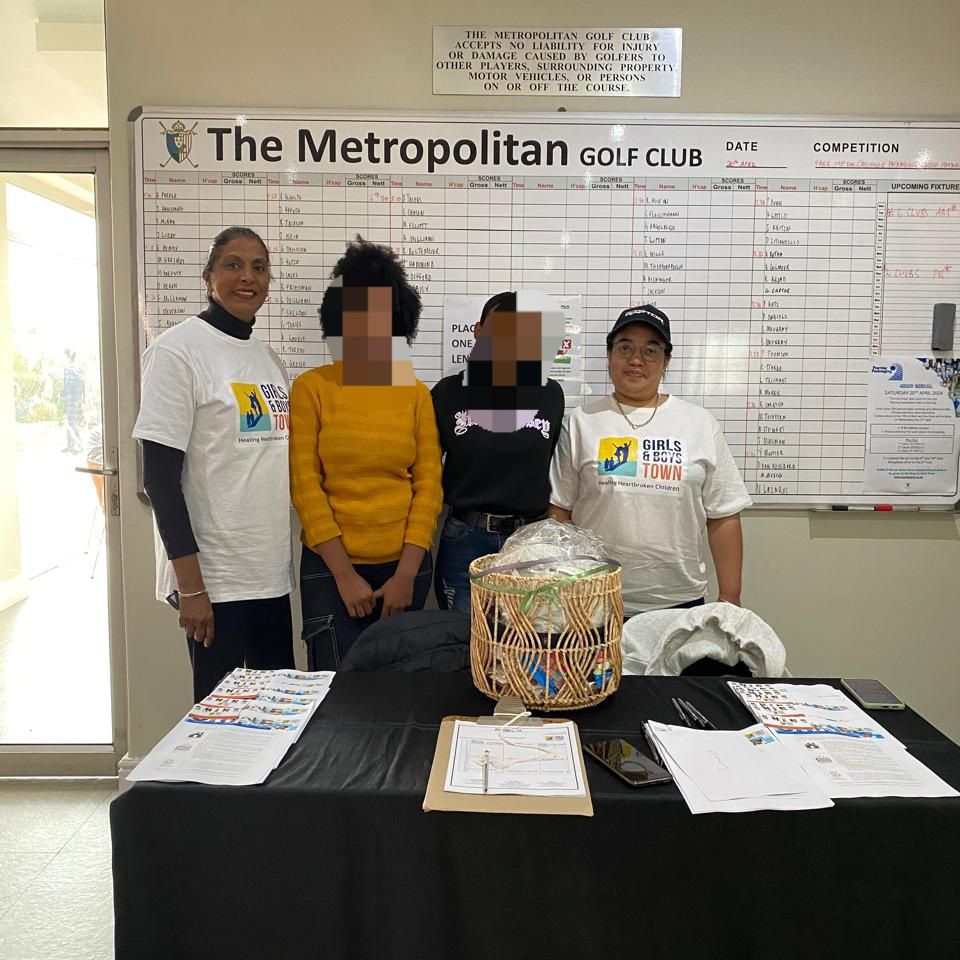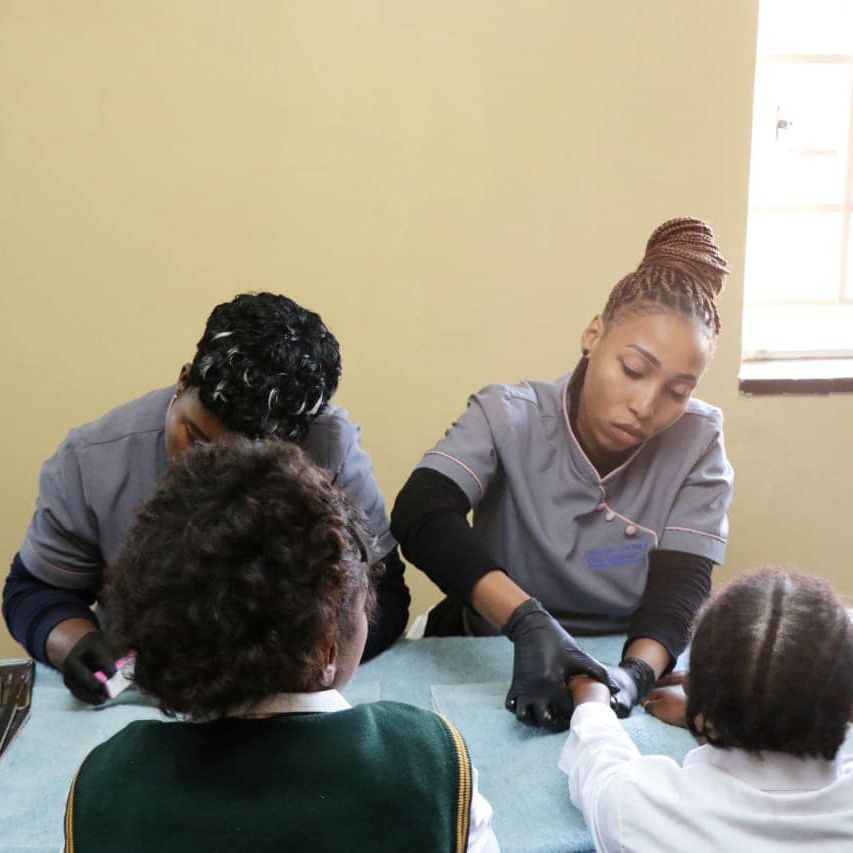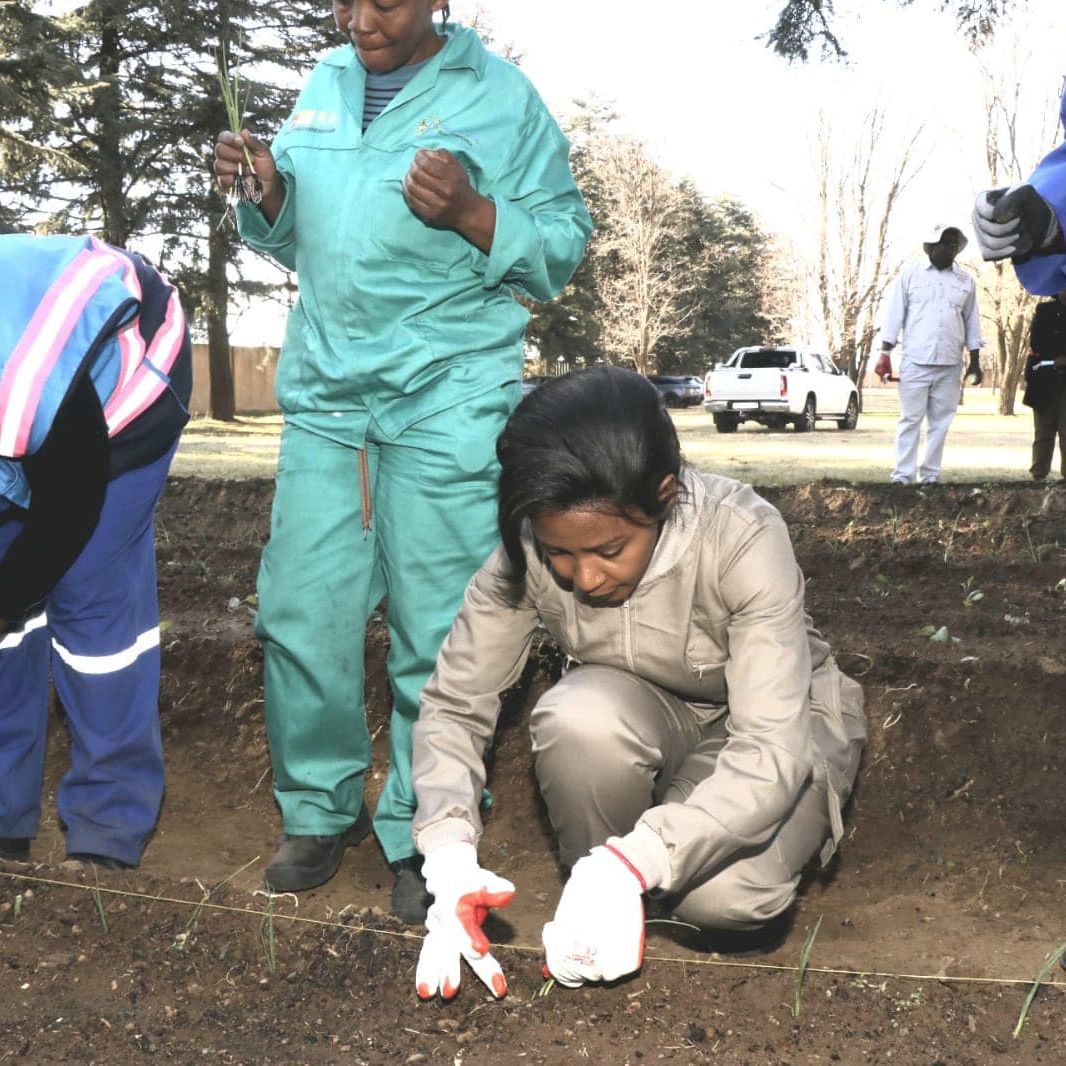
Where Are They Now? Tracking the Journey of GBT Care-Leavers
By Dr Lisa Dickens and Prof Adrian van Breda
Girls and Boys Town South Africa (GBTSA), in partnership with the Social Work and Community Development Department at the University of Johannesburg (UJ), embarked on a longitudinal study that tracks the outcomes of youth leaving care since the project’s inception in 2012. Over the years, this research has provided valuable insights into the post-care experiences of these young people. One of the key outcome areas is the critical issue of NEETs – youth who are Not in Employment, Education, or Training. The findings reveal both national and international trends, highlighting the alarming rates at which care-leavers fall into the NEET category and often remain there for prolonged periods. In South Africa in 2024, the general NEET rate for youth aged 15-24 years is 35.5% (Stats SA, 2024, p.9) with care-leavers typically facing even greater challenges, a reflection of the broader systemic issues contributing to youth unemployment in the country.
However, the outcomes for GBTSA care-leavers present a more encouraging narrative. The research shows that over time, there has been a modest downward trend in participants who are NEET. This means that the longer youth are out of care, the less likely they are to be NEET. This trend suggests that the support and interventions provided by GBTSA are equipping these youth with the resilience and skills needed to navigate the challenges of adulthood, and as they mature, they are more likely to be engaged in either work or studying. By the 7th year out of care, 27% of the cohort tracked in this study were classified as NEETs (Dickens & Van Breda, 2021). This is lower than both the national average and the rates observed in similar international contexts, such as in the United Kingdom, where more than a third of care-leavers remain NEET (41% of care-leavers between 19 – 21 years old). This compares to 12% of the general population in the UK (Harrison et al. 2024, p. 6).
The findings from the GBT study are important, particularly in the context of South Africa’s high youth unemployment rates, which are among the highest globally, with a 45.5% unemployment rate among youth (aged 15-34 years) (StatsSA, 2024). The success of GBTSA’s care-leavers, who are increasingly securing employment, continuing their education, and achieving financial independence, underscores the importance of comprehensive, tailored support during the critical transition out of care.
As the data reveals, these young people may be less susceptible to the NEET trap compared to their peers and build lives marked by stability and growth. This success story offers valuable lessons for policymakers and practitioners, illustrating how targeted interventions, mentorship, and ongoing support can alter the life trajectories of care-leavers. In a country grappling with the broader challenges of unemployment and economic disparity, the GBTSA model serves as a beacon of hope, demonstrating that with the right support, care-leavers can thrive against the odds.
References
Dickens, L. & Van Breda, A. (2023). Resilience and Outcomes of South African Girls and Boys Town Care-Leavers 11 Years On. Cape Town, RSA: University of Johannesburg and Girls & Boys Town South Africa.
Harrison, N., Dixon, J., Sanders-Ellis, D., Ward, J. & Asker, P. (2023) Care leavers’ transition into the labour market in England. https://www.education.ox.ac.uk/wpcontent/uploads/2023/01/CareLeaversLabourMarket.pdf
Statistics South Africa (Quarterly Labour Force Survey, 2024:Q1). Quarterly Labour Force Survey: First Quarter 2024. South Africa: Pretoria
Could mention that interventions include individual child care as well as family- and school-strengthening initiatives




